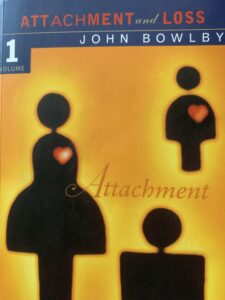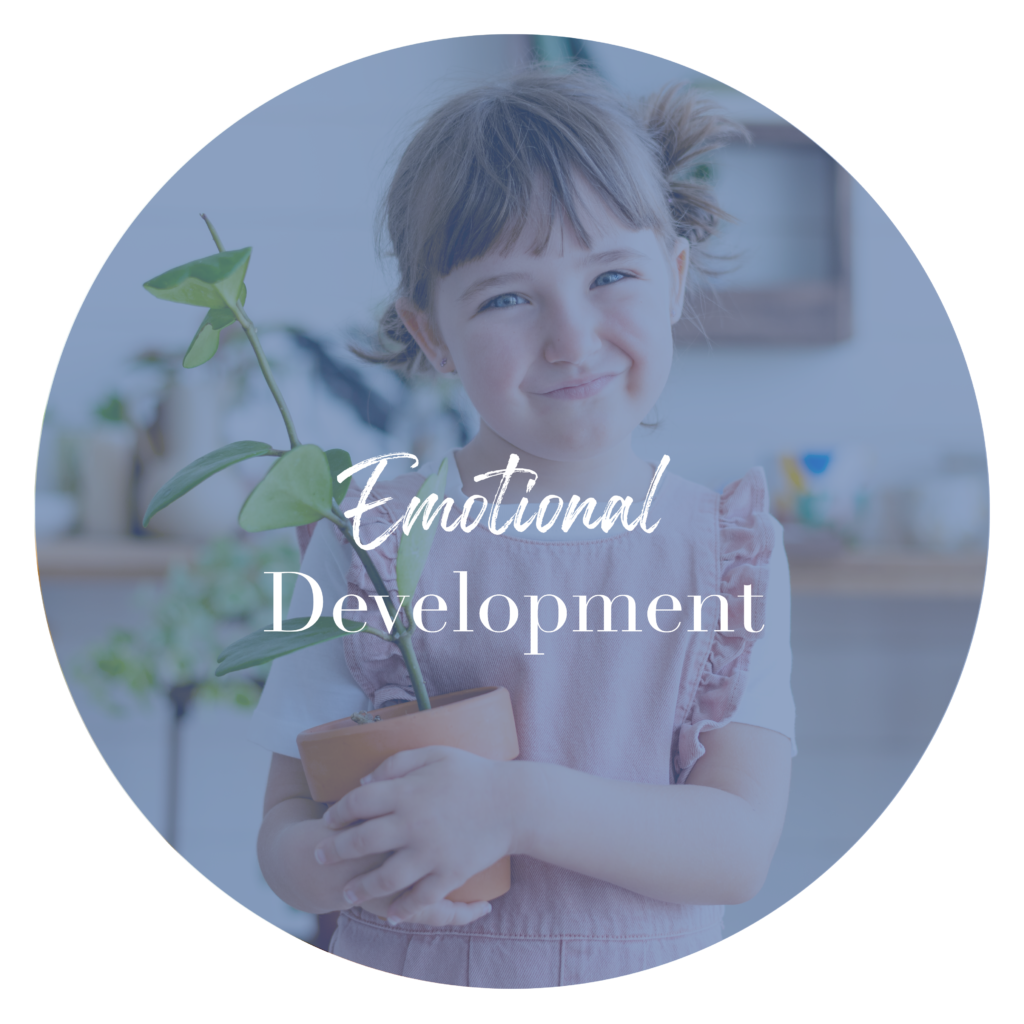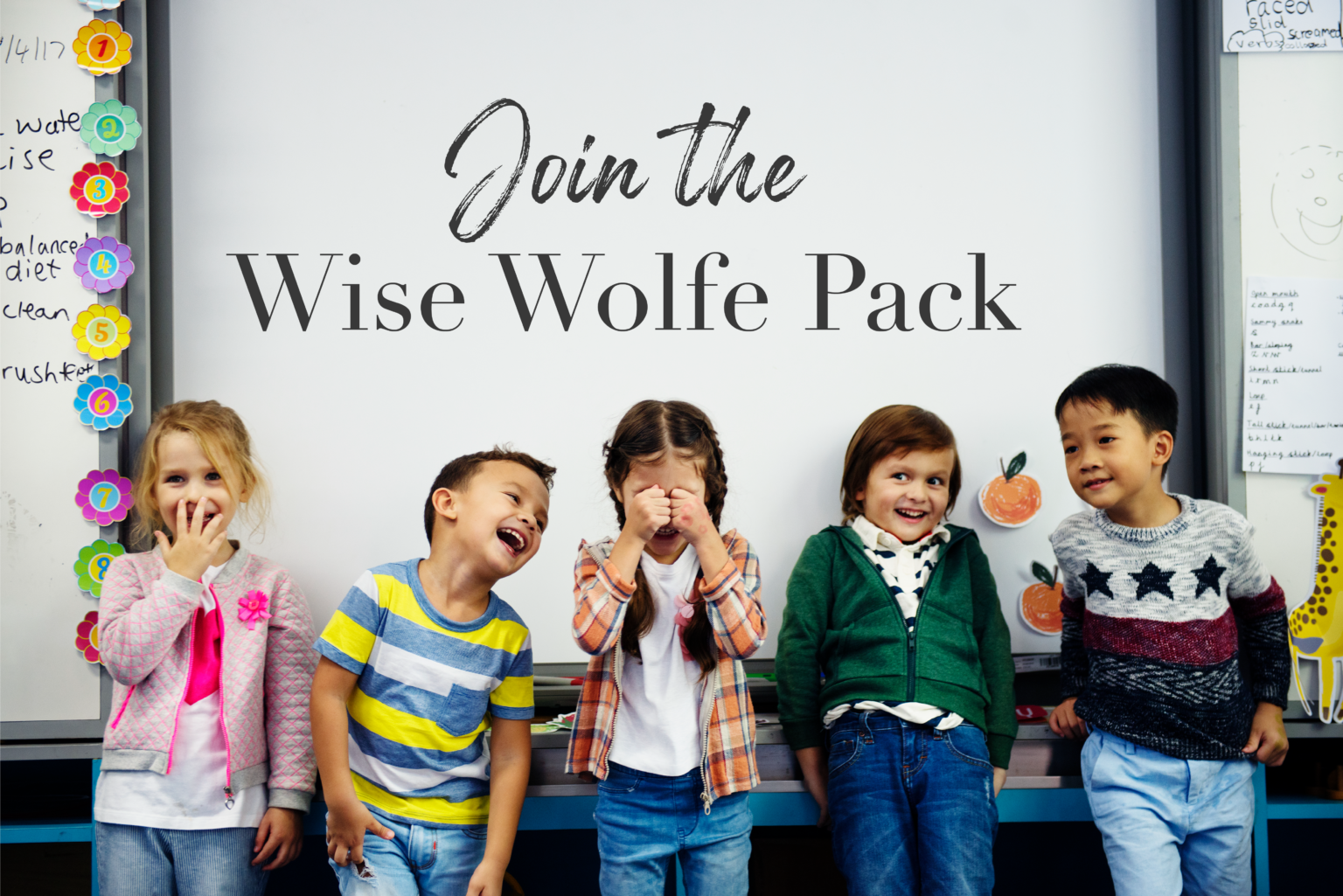THREE EMOTIONS THAT PACK THE BIGGEST PUNCH
NOTE Montreal massacre memorial visual credit: By Bobanny – self-made (derivative of Image:6-dec-Plaque.jpg, tweaked in photoshop), Public Domain, https://commons.wikimedia.org/w/index.php?curid=1981897
THREE EMOTIONS THAT PACK THE BIGGEST PUNCH
How the Sandy Hook Elementary tragedy identified the three most disruptive and destructive emotions.
Canadians have just acknowledged the 31st anniversary of the December 6, 1989 Montreal École Polytechnique massacre, tuerie de l’École polytechnique, when thirteen young women were shot to death, and one woman was stabbed to death, as they attended post secondary classes. The experts blamed mental illness and misogyny, but generalizations like these unintentionally ensure we skip the details for substantial understandings about emotional development and trauma. Development occurs over a lifetime within the context of family, community, and overlapping cultures, including online culture, like the architecture of a building. In addition, since emotion is the rocket fuel of behavior, it is crucial to know that emotional control or lack of control, is a symptom of emotional distress related to real life circumstances in real time. The topic of emotional development is always a big bite, but chew on this.
ALARM FRUSTRATION SEPARATION
The social sciences continue to argue about which emotions are the most important to study. Here is the classic six; happy, surprised, afraid, disgusted, angry, and sad (Beck, 2014). Seriously? Because none of these emotions can pack the punch necessary to explain atrocities like the Montreal massacre and the Sandy Hook Elementary School tragedy (which I will get to). Plus, what about anxiety? Everyone seems to have anxiety. The problem I see is, the classic six are actually secondary emotions, which means a root emotion occurs first and then the human brain adds cognition. Cognition, the very human habit of thinking about what to do, or who to blame, when moved by emotion. We will always feel happy, surprised, afraid, disgusted, angry or sad – because of something or someone. Right? Same with anxiety, our body feels apprehensive and makes our brain search for a reason, “oh it just occurred to me, I have to meet with my overbearing boss later today, that’s why I feel unhinged”.In contrast, root emotions don’t enter our consciousness because they are embodied by our central nervous system. Root emotions are fundamental to survival so they must be specific enough to cue attention but not so specific they lock us into the wrong plan of action. I am talking about three root experiences originating from the brain’s limbic system in all animals having a limbic system. Drumroll please… the three root emotions are alarm, frustration, and separation. We experience the big three simply because we exist, they are existential.
Attachment developmental theory (Neufeld, 2015) has described alarm, frustration, and separation, as fierce emotions. They are first, fast, and forceful, when compared to thought because of our evolutionary or divine endowment. In life or death situations there is no time for thought. Have you experienced how very difficult it is to think straight when you are highly alarmed, or overwhelmed with frustration, or frantic to reconnect during separation? In fact, it is disruptive to our mental health to be stuck in a root emotion for long.
SEPARATION
I want to highlight separation first, because the human brain is wired before birth for Attachment, as a mechanism of survival. Truly, the first three years of life are considered the sensitive period for the development of the capacity for relationship. Like a kitten’s sensitive period for vision development, good outcomes are only ensured by allowing time and taking care. Overall, separation from responsive, reliable, responsible family relationships will be traumatizing to the developing brain, so this also applies to teens. To know we are each born into relationship with all things (Wagamese, 2016) is to appreciate how our kids naturally grow into the sensory, intellectual, and emotional environments around them. We all become fixated on reconnecting when we have been separated from family for too long. Sound familiar in this COVID-19 craziness? “We are creatures of Attachment and missing this fact would eclipse understanding what fuels much of our behavior” (Macnamara, 2016).
ALARM
Alarm calls for emotional solutions. Emotional alarm is designed to be the last resort of a slow escalation from;
• attention – a neutral feeling of awakening,
• to apprehension – a slight negative feeling to instinctively move toward or step back,
• to anxiety – thinking about who or what is to blame,
• to agitation – a whole body experience getting muscles ready to take action,
• to alarm – highly charged whole-body activation to defend or attack.
Alarm floods the body. We have to appreciate that if the emotional life we grew into was alarming too often because the adults around us were highly anxious, easily alarmed, lived with social justice issues, or experienced abuse and violence – then our own alarm system will have a high default setting on the alarm scale. We will easily and swiftly escalate to alarm, without thinking. In fact, alarm can be triggered without our permission or control, because we have been traumatized. This is so unfortunate because our body’s alarm system was designed to be sensitive to gather the most subtle sensory input from the environment, and therefore not require hard knocks and harsh consequences for learning. It’s very difficult for anyone to thrive when they suffer with a chronically alarmed body. This is why the Mindfulness and Embodiment movements are hugely popular. Many of us are seeking ways to tame our daily anxiety without using medication or resorting to drinking and drugging.
FRUSTRATION
Frustration calls for developmental solutions. As long as adults are responsible enough to not expect children and youth to shoulder the worries of the world, kids’ adaptive energy will manage everyday frustrations like; limits of time, space, and materials, safety restrictions, adult decisions kids cannot control, expectations to cooperate or collaborate, disappointment, and embarrassment. Yes, kids will still need to ‘vent’ and have us listen carefully to their ‘angst’, but most of the time, no action is necessary. However, if this child or teen has developmental differences that are not adequately addressed by school or friendship groups, they will become overwhelmed with frustration, again and again. No one can live with a daily overload of frustration, so it will be important to investigate why this child has no friends, doesn’t enjoy school, or isn’t learning to read. Life can be frustrating, but no one can thrive when everyday delivers the same frustrations along with new ones.
SANDY HOOK ELEMENTARY
The fact that Alarm, Frustration, and Separation can be universally disruptive to our emotional health is reported by the Sandy Hook tragedy summary findings published in the National School Psychology Association Journal. This tragedy took place at Sandy Hook school in Newtown Connecticut on Dec 14, 2012. There were 20 elementary aged children shot and killed inside the school, along with 6 staff members. The Sandy Hook Advisory Commission was established to search for anything that could be learned from this horrific event. The final report named anger, frustration, and loneliness to be given particular attention in future mental health research and policy because of their potential contribution to disruptive behavior and destructive behavior.
I want to point out how similar the list from Attachment developmental theory is to this list from the Advisory Commission. Anger is first on the Commission’s list, but this is a secondary emotion. We know the emotion underlying anger is actually alarm. So, in this case the experience of alarm pushed the perpetrator to decide who to blame, who to be angry with, or what to be angry about. Frustration appears on both lists. And loneliness is listed last and is indeed the feeling we get from too much separation. I believe this confirms we are on the right track by paying attention to the big three emotions, even though the Commission is apparently missing information about emotions, particularly; root emotions, secondary emotions, and how feelings are different yet related to emotions.
The Sandy Hook Advisory Commission (2015) also summarized pertinent research to restate:
• there is too little focus on prevention of Mental Health issues,
• for many children, school is the only access to Mental Health services,
• and lack of social connections introduces risk for child & youth Mental Health.
The Commission recommended family centered care and named schools and communities as crucial places to provide care. Again, it’s clear that we all need to better understand the link between emotional needs, child behavior, and mental health. So, it is crucial to know that alarm, frustration, and separation should be our focus.
Just so you know, the Sandy Hook Commission submitted an initial report on March 18, 2013, with 15 recommendations, focused largely on gun-related issues. In contrast to the U.S. Congress, which did not pass any meaningful gun legislation post-Sandy Hook, the Connecticut General Assembly adopted many of the recommendations concerning gun violence prevention and children’s safety. Between 2013 and 2015, the Commission held 23 more hearings, about the case investigation and also uncovered difficulties in meeting the perpetrator’s mental health needs. Make no mistake, emotions are the rocket fuel of behavior. Out of control emotionality is a symptom of emotional distress, related to real life circumstances happening in real time. So our efforts can make a difference.
LAST WORDS
It is true that we communicate directly through emotions. This ensures we can feel when a child or teen is alarmed, because their behavior will feel alarming to us adults. Alarm creates taboo behaviors like; yelling at adults, pushing over tables or desks, aggression or harm toward others, and vandalism. Or on the other extreme, alarm creates depressed activity and withdrawal so kids look frozen, introverted and stuck in feelings of anger, guilt, or shame but might resort to sabotage of friendships and self-harm. Child behavior expressing frustration, feels frustrating to us adults. Frustration creates general irritability, pessimism, kids will be easily upset, easily provoked, and overly emotional. And too much separation creates behaviors like; clinging, hiding, whining, crawling, and curling up in a fetal position among younger children. Teens will insist on being solitary and show disdain by rejecting adults, since they already feel rejected by the adults they need the most. Simply keep the three big emotions in mind, to understand behavior better. Child and teen behavior is predictable enough to be understood by us, when we know about root emotions.
Alarm calls for emotional solutions. Frustration calls for developmental solutions and Separation calls for relational solutions. See the Relational developmental approach in action on WolfeWisdom Youtube channel to hear about great solutions for kids in distress.
REFERENCES
Beck, J. (2014). Research says there are only four emotions. The Atlantic, Feb, 2014. https://www.theatlantic.com/…/new-research-says…/283560/ By Bobanny – self-made (derivative of Image:6-dec-Plaque.jpg, tweaked in photoshop), Public Domain, https://commons.wikimedia.org/w/index.php?curid=1981897 Crepeau-Hobson, F., Nickerson, A., & Cook, E. (2015). The final report of the Sandy Hook Advisory Commission: Summary parts I & II. Communique National Association of School Psychologists, 44(5). Macnamara, D. (2016). Rest play grow. Vancouver; Aona books. Neufeld, G. (July, 2015). Challenging childhood problems: Intensive level 2. Vancouver BC. Wagamese, R. (2016). Embers: One Ojibway’s meditations. Madeira Park, BC: Douglas and McIntyre Ltd. Wolfe, D. (2018). Relational developmental approach in action. https://www.youtube.com/watch?v=g67dr9MIOUo&t=2s








